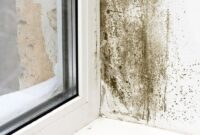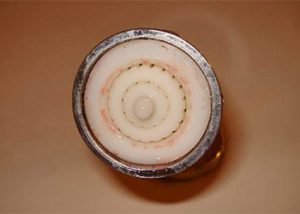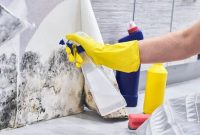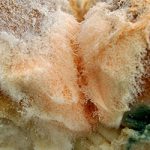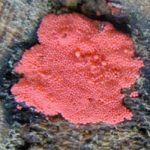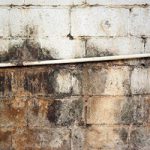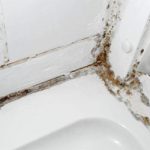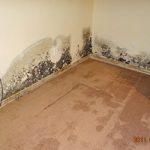There’s no home that’s immune to mold growth, and while not all mold is dangerous, how can you tell for sure, that’s what this article is all about, I’m going to show you the seven key steps for safely and effectively dealing with mold growth whenever it appears at your place.
Table of Contents
1. Assess the situation
Beginning by recognizing the complete degree of mold development in the afflicted location at your area, currently this can be very easy or hard depending upon your circumstance, as a house owner you could take care of musty locations, much less compared to the dimension of regarding a sheet of plywood approximately however bigger spots or musty locations that entail some sort of sewer back-up are best delegated the pros.
2. Eliminate the moisture source
Mold just expands in the visibility of wetness, that’s why you have to make the location completely dry prior to you could anticipate irreversible liberty from mold regrowth. Cellars are particularly at risk to water vapor seepage with stonework wall surfaces and floorings however air flow is not constantly the response, just aerate cellars when exterior air is cooler compared to the air inside your cellar, cellar air flow throughout warm moist weather condition just in fact urges mold development.
3. Make removal decisions
Some moldy areas are optimal for treatment and repair, however it’s generally less complicated to get rid of and change big locations of musty drywall, ceiling floor tiles, carpet, and various other non architectural products where a HEPA ranked respirator while you function to shield on your own from air-borne mold spores, below’s an easy pointer also relatively completely dry cellars could permit sufficient wetness vapor to move up via the concrete to activate mold development on cardboard so never ever keep anything natural straight on a concrete cellar flooring, specifically cardboard boxes.
4. Dry the area
Drying out chronically moldy locations is crucial for success and air circulation heat and a dehumidifier are the three most powerful drawing tools you’ve got, you’ll get best results if you monitor the relative humidity of the space with a hygrometer, allowing more or less outside ventilation to speed drawing depending on the outdoor temperature and humidity conditions.
5. Kill mold and discourage regrowth
This is where the common practice of using bleach to kill mold is actually a mistake, while the toxic nature of bleach does kill mold on hard non-porous surfaces, it can’t do a good job on surfaces that are even a little bit porous, that’s because all molds send root-like structures called hyphae into porous surfaces to gather nutrients. Surface tension prevents traditional bleach and water solutions from penetrating deeply enough into wood or concrete to kill these roots, but this is one place where the new registered fungicide technologies are better than bleach for breaking the mold cycle, the most widely available non-toxic registered product that I found so far is can chromium mold control.

It’s a liquid that kills mold and mold spores by mechanical action physically crushing all aspects of the mold organism as it dries, this mechanical action is how a non-toxic product like this can actually kill mold. It also discourages regrowth if the area occasionally becomes moist again.
6. Eliminate mold stains
Even dead mold still looks ugly and while traditional bleach can sometimes brighten the moldy surfaces, bleach is also toxic and it often discolors surrounding areas, the best option I’ve found so far for removing old mold staining as a product called mold stain eraser. It’s an oxygen based product that comes as a powder mix it with warm water let it sit for 10 minutes then apply the solution on two discolored surfaces up to 45 minutes after mixing, in my tests mold stain eraser removes mold stains in many situations without changing the color of surrounding materials, the active ingredient eventually reverts back to oxygen and water so nothing harmful is left behind.
See also CARPET MOLD: Why It Happens and How to Stop It
7. Prevent mold regrowth
Even fungicides that offer residual mold control aren’t magic, ultimately you need to keep moisture levels down to eliminate an eventual mold relapse, and this means different things in different situations ensure sufficient ventilation to keep indoor relative humidity at or below 50%, especially during winter weather where it’s especially cold outside, and constantly be on the lookout for roof leaks from ice dams water coming into the basement or chronically leaking pipes especially in hidden places like behind washing machines or under the kitchen counter.
Killing and eliminating indoor mold isn’t complicated and you don’t have to expose you and your family to harmful chemicals if you do the work right, first, dry things out then kill the mold producing organisms remove any mold staining and then keep things dry, that’s all there is to it.
